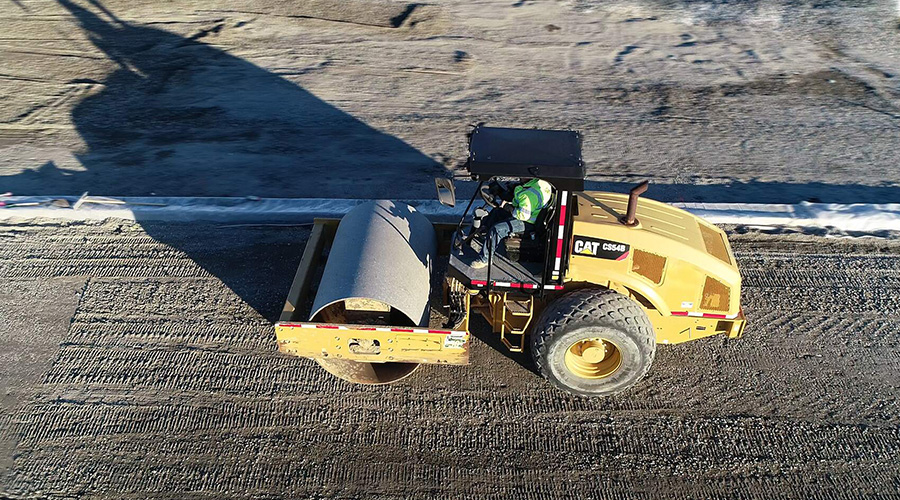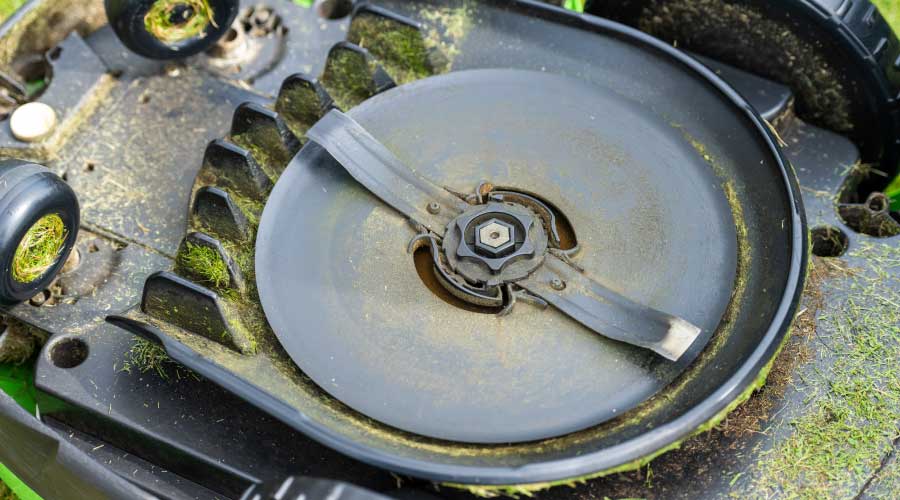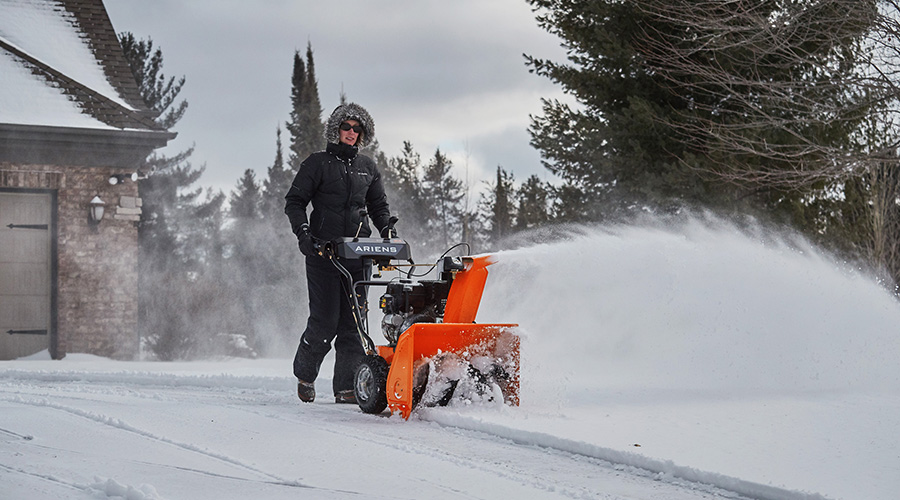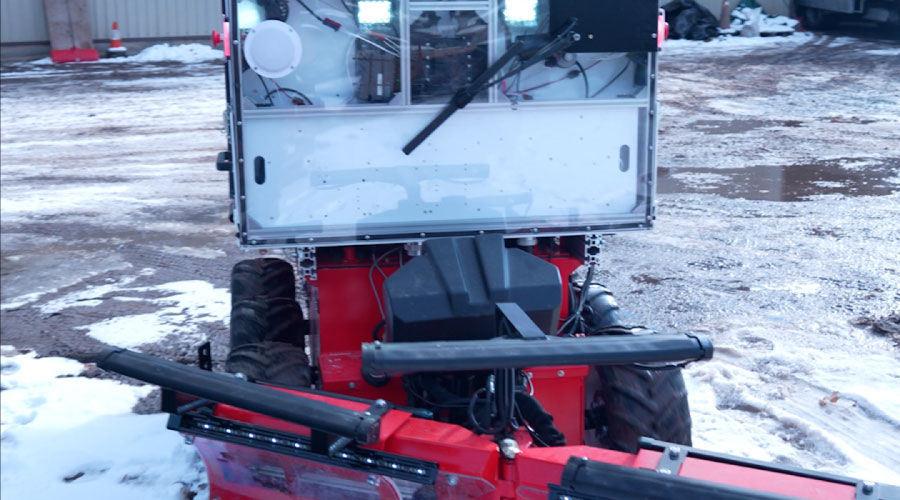Snow and Ice Management: Seven Alternatives to Rock Salt
Among the alternatives to NaCl for managers seeking to fine-tune their deicing and anti-icing programs and make them more environmentally responsible are these:
Calcium chloride. Calcium chloride (CaCl) is a byproduct of some chemical manufacturing processes. Proper storage is imperative — in plastic or metal bins with lids — because CaCl absorbs water easily. Crews handling CaCl should wear respirators and gloves. When used correctly, it will not harm vegetation, but it can leave an oily, slippery residue. As a result, it might not be the product of choice in and around facilities with high levels of foot traffic.
Magnesium chloride. This deicer comes in a granular form blended with other chlorides or in a liquid solution. It is safe to use around vegetation, but crews should not apply it too heavily because it can become slippery. The granular form absorbs water quickly, so crews must store it in a dry area and seal it, or it will harden.
Potassium chloride. A good all-around deicer for pedestrian areas, potassium chloride shares the chemical makeup of some fertilizers. As a result, it is safe for use around vegetation and causes minimal impact on soil and water sources.
Urea. This product, which is also a fertilizer, comes in a granular form. When applied in recommended amounts, urea should not harm vegetation and, in fact, can promote growth. As with any product used excessively, it can cause run-off and contamination of groundwater and ponds. Crews should store it in a dry, covered, and separate area.
Calcium-magnesium acetate. Calcium-magnesium acetate (CMA) has limited melting capabilities but is a biodegradable product primarily used to prevent ice formation on concrete, bridges and roads, which are sensitive to corrosion. CMA helps prevent the freeze/thaw cycles that occur with other chemical treatment products but can damage highways, secondary roads, and bridges.
Because of its small particle size, CMA spreads at 20-50 percent higher rates than NaCl, making it more economical. But it is dusty and can blow off surfaces. Crews must keep it dry and store it in plastic bins, domes, or waterproof containers.
Liquid potassium acetate. This environmentally responsible liquid solution is another pre-treatment option that prevents snow and ice from forming on and adhering to paved surfaces. It is biodegradable and available in liquid form, and crews should apply it before a snowstorm to achieve maximum effectiveness.
M-50. This anti-icing product causes minimal environmental impact, is biodegradable, and is less corrosive than distilled water. The M product family offers several different versions and application options. As a pre-treatment for NaCl, M-50 can cut the distribution rate of NaCl by 30-50 percent. The M products range from M-50 to M-2000, each with individual attributes depending upon the source, the refinement process, and the end use.
Its color, texture and thicknesses vary from beet red and thick to black as molasses, while others are clear and lighter weight. While some of these products can track into facilities, tests show they do not stain. Crews must store these liquids in holding tanks.
Brewery Byproducts
A new, emerging, and much-touted category of organic deicing materials is brewery byproducts. Many come from Canada, but manufacturers have been secretive about the specific formulations to squelch competition. Most of these products contain magnesium chloride mixed with brewery byproducts in varying strengths.
They are organic, non-corrosive, do not harm plants or the environment, and are extremely cost-effective because crews can use them in smaller quantities and achieve the same effectiveness as other products.
Before choosing anti-icing and deicing products, managers should consult a snow and ice professional to receive a cost and product breakdown. Costs vary significantly, and the evaluation should take into account price, as well as facility needs, product longevity, the quantity necessary for desired results, the number of hours invested or saved, and potential environmental liabilities.
Bruce T. Moore Sr., CCLP, is president of Eastern Land Management in Stamford, Conn.
Related Topics:













